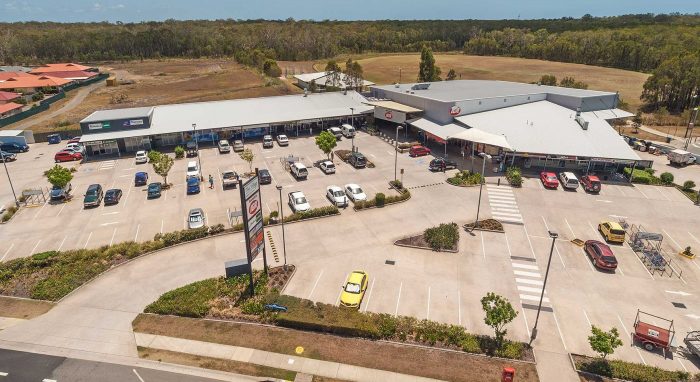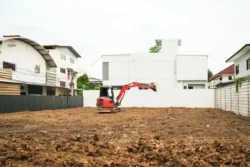Beware of the serious downsides to ‘development upside’
Published
May 8, 2018
Published
May 8, 2018

Development upside refers to a property’s potential for redevelopment – anything from adding an extra storey, extending the floor space or the car park, or bulldozing the existing structure altogether and building something completely new.
A prime example would be buying an old showroom on a prominent site and tearing it down to build high-rise apartments. It’s about realising a greater value for the asset in the future.
Development upside is the sort of term that will understandably excite an inexperienced investor – the apparent guarantee of a quick, or at least substantial, profit. But here’s what the property agent isn’t telling you.
In order to develop, you have to destroy
More often than not, in order to develop the property, you have to destroy, reutilise, change, or manipulate what’s already there.
If a property with high development potentially has an existing tenant (for example, Woolworths), then to take advantage of the development upside you may have to accept the disadvantage of removing this tenant (meaning Woolworths and its high-quality tenure).
It may sound like an obvious pitfall; however, people don’t often consider it. They think they’ll receive rent until development commences. For an occupied building to realise development potential, you may have to sacrifice existing, guaranteed rental income for hope of a more robust tenant in the future.
The existing lease might stop you developing
Quite often leases have clauses specifically prohibiting landlords from actually developing a property without tenant consent or reimbursement. So, while the property may be suitable for development, you may have to factor in your lawyer’s advice and potential tenant incentive in order to proceed.
Surprisingly, this is an incredibly common trap. An inexperienced investor may get very excited about the potential of a property’s development upside, yet not ensure their lease allows them to take advantage of it.
Developing a property is expensive
Building rates move and they can move quickly. You may buy something today, thinking ‘I can extend the floor space another 1,000 square metres and it’ll cost me $2 million’. But when deciding to go ahead in five years’ time, you discover the costs have shot to $6 million – thanks to a range of potential variables.
We see this phenomenon all the time. A government promises to build a new facility of $100 million and by the time it is completed – two elections and a change of government later – it has cost the taxpayers $300 million. Not only will the cost of materials and labour increase development expenses, but the red tape will too (like fire regulations and building compliance). New rules are coming in all the time and a building that adhered to existing regulations and had been fully costed may suddenly become non-compliant and requiring new plans drawn up. It can become incredibly expensive.
It all starts and ends with due diligence
High quality due diligence usually translates to high quality investments. You might need to consider the question, ‘why are they selling?’ That doesn’t mean you should be put off from acquiring your targeted property, but occasionally investors are selling an asset because there’s something detrimental coming down the road. Perhaps new legislation is being introduced or zoning changes are in the pipeline.
Before buying any commercial property, you will need to do an extensive amount of investigation, and have an expert level of foresight, to take advantage of its development upside.
If you’re interested in investing in commercial property but want to take the hassle and risk out of the equation, consider investing with a commercial property syndicate. Get in touch with Properties & Pathways. We invest alongside you, and share our expertise, experience, and success along the way.






